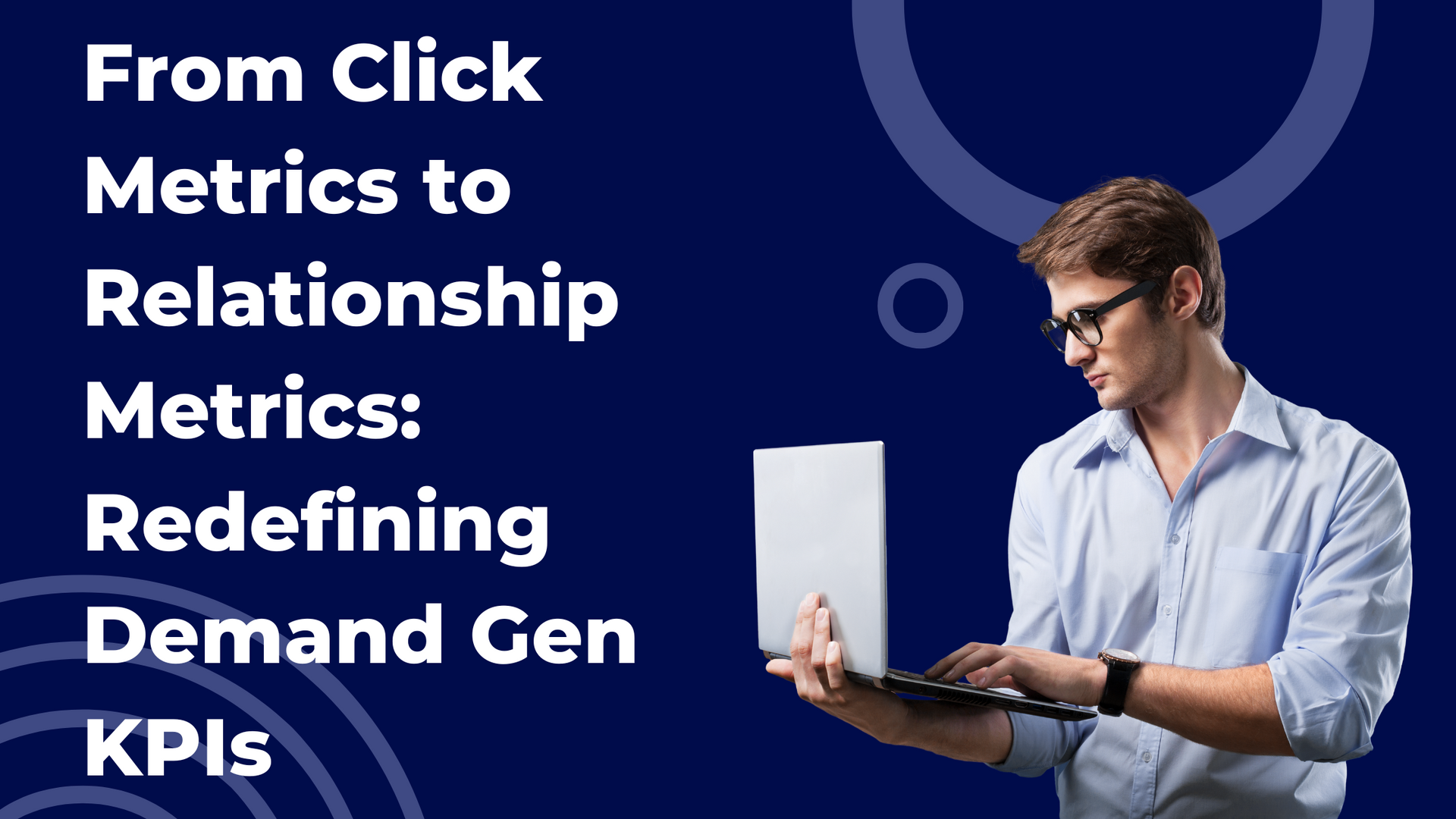Buying Signals You’re Missing in Plain Sight

You might be losing deals not because the buyer wasn’t interested, but because you didn’t notice the signs. Many prospects show interest in ways that aren’t loud or obvious. If you wait around for a customer to directly tell you that they’re ready to buy, you're already too late.
Let’s break down the subtle buying signals you might be missing and what to do when you spot them.
What Signals You Might Be Missing Right Now
Not every buyer will fill out a form or ask for a demo right away. Some just keep showing up. Others silently gather information, coordinate with teammates, and move deeper into your funnel without saying a word. These are some of the strongest signs that a deal is in motion, even if no one from your team has spoken to them yet.
Here are the buying signals you might be missing:
Repeat visits to your integration pages
If a lead keeps checking your integrations, they’re probably figuring out how you’d fit into their existing stack. This is rarely casual browsing.
Mid-funnel whitepaper downloads
Top-of-funnel guides can get attention, but if someone’s downloading a detailed whitepaper like technical case studies, compliance guides, or detailed onboarding walkthroughs, they’re already thinking seriously. These assets are often shared internally to gain buy-in.
Mentions on dark social
Buyers talk in private Slack groups, Discord communities, DMs, and closed LinkedIn groups. If your brand or product gets mentioned even in passing, it’s a sign that you’re on someone’s shortlist. You don’t see the post, but suddenly traffic jumps or LinkedIn visits rise. These referrals are hard to trace, but they’re real.
Silent Slack invites
If someone from a company invites your CS rep or AE into a Slack Connect channel without warning, that’s usually a sign of serious internal discussion. Buyers don’t make those moves unless they’re close to committing or troubleshooting to unblock a decision.
Sudden LinkedIn profile lurks by multiple team members
One visitor might be a coincidence. Three people from the same company checking your CEO’s profile? That’s buyer committee behavior. It’s time to act. The buying committee is probably starting to vet your company’s people before making contact.
Why These Signals Are Missed
If these signals are so valuable, why do teams keep missing them? It comes down to three main reasons:
Dashboard Overload
Modern SaaS teams are drowning in dashboards. CRMs, attribution tools, product analytics, and ABM platforms all report activity, but often lack prioritization. Signals get lost in this noise, especially if they don’t fit the default “MQL” mold.
Focus on Vanity Metrics
Many teams still chase high-volume indicators like pageviews, email opens, or webinar signups. These are easy to measure but rarely show true buying intent. Meanwhile, nuanced behavior like the fifth return visit to an integration page goes unnoticed because it doesn’t spike a chart.
Siloed Tools and Teams
Product usage data lives in one tool, website behavior in another, and social activity in a third. Without alignment across sales, marketing, and product teams, it’s nearly impossible to stitch together a clear picture of buyer intent.
The Cost of Missing These Signals
When these signals are missed, deals stall or, worse, they close elsewhere. Here’s what it really costs:
- Slower pipeline movement:
You’re waiting for them to raise their hand. They’re waiting for a sign you’re paying attention. No one moves.
- Lower close rates:
The competitor who catches these signals first reaches out earlier and earns the buyer’s trust sooner.
- Lost brand relevance: If someone from the buying committee is researching you and gets no follow-up, it tells them you’re not paying attention. That affects perception as well pipeline.
The Falconics Approach
At Falconics, we help SaaS companies stop missing these signals by treating intent data with the same urgency as an inbound lead. Here’s how:
Mapping Signal Tiers
We categorize buying signals into three tiers:
- Tier 1: Strong intent (e.g., multiple return visits to integration pages, multiple team members engaging)
- Tier 2: Medium intent (e.g., mid-funnel asset downloads)
- Tier 3: Early indicators (e.g., social lurks, dark traffic on blog posts)
Emotional Relevance Tagging
Signals are more than behavior; they reveal intent and emotion. If someone is viewing alternate options (in this case, your company), they’re likely frustrated with a competitor. This is a pain point. We tag these moments and flag them for outreach that speaks directly to this state of mind so that the customer can feel more connected.
Empathic Trigger Sequences (within 30 minutes)
We build automated trigger sequences that don’t just fire off generic emails. These are crafted to reflect what the buyer really cares about to ensure that the email doesn't just stay in the inbox but will be opened.
Final Thoughts
In SaaS, the winners are often the ones who notice and respond first, not the ones with the flashiest campaigns or biggest ad budgets. Buying signals are not always clear and loud. Sometimes, they’re subtle.
At Falconics, we help you listen. Want to see how it works? Book a 15-minute walkthrough with our team.




